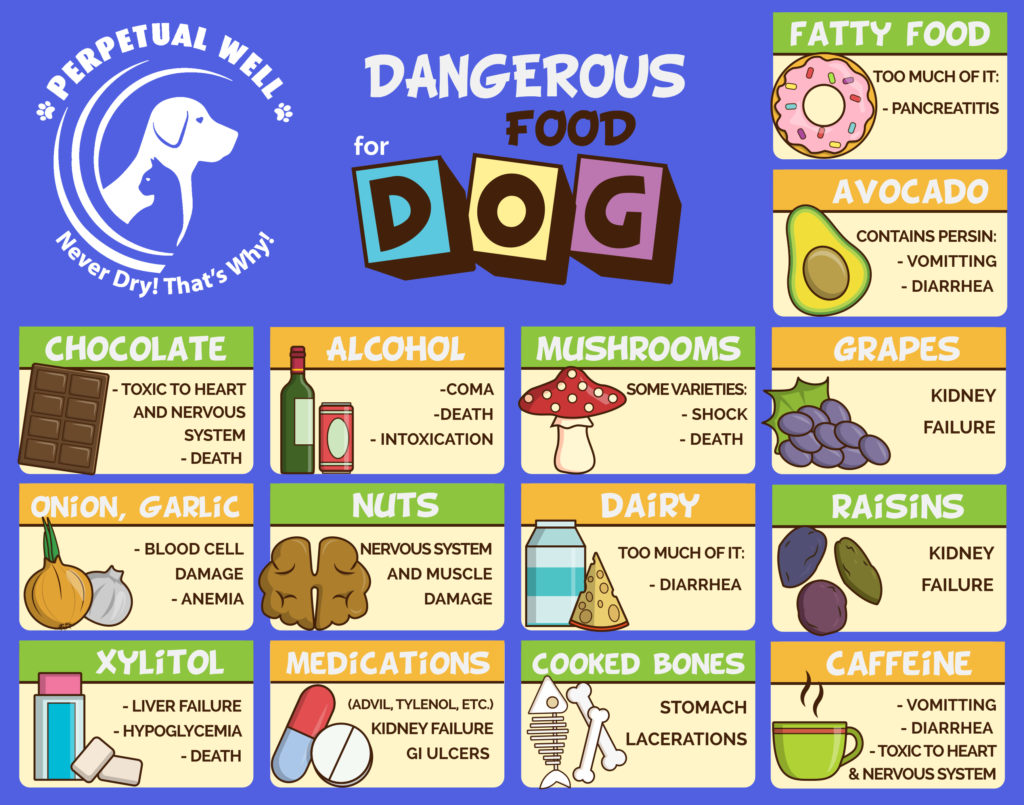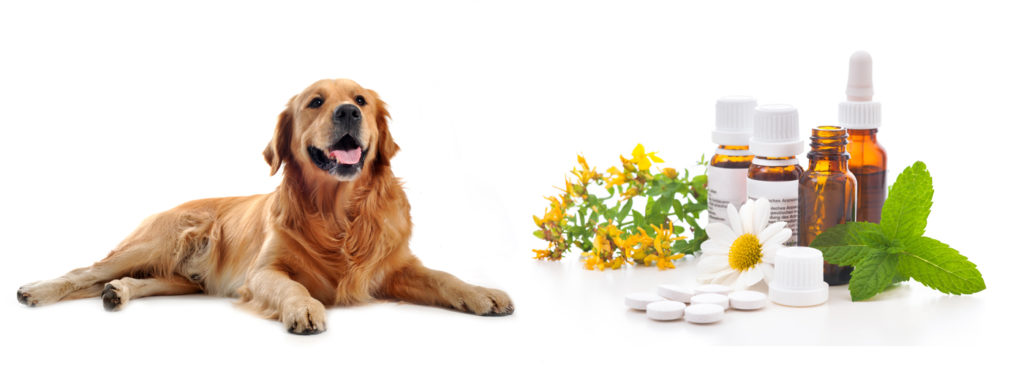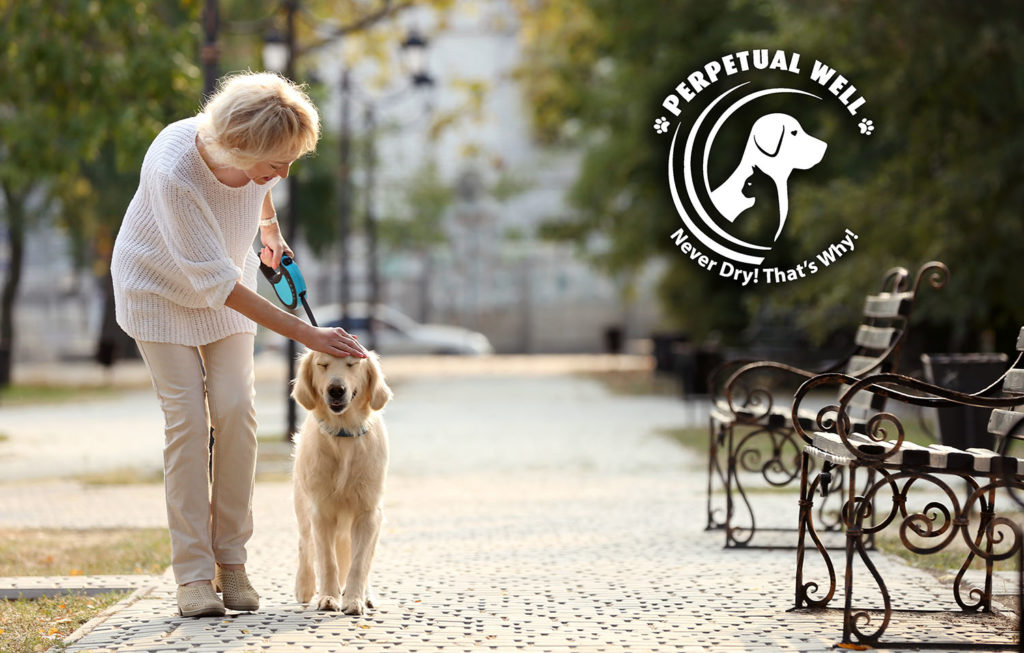Every owner has had an instance of their dog suddenly becoming ill with GI upset. Vomiting, diarrhea, lethargy and more make your dog look and feel pitiful and make you feel guilty as an owner. While most cases of GI upset are minor from overeating too rich of foods, there are some cases where eating a particular food could be extremely dangerous. Read about the following top 5 foods to avoid feeding your dog and save yourself a trip to the emergency vet.
Chocolate
Chocolate is probably the most well-known toxic food to dogs. This is due to methylxanthines, a substance found in the cocoa plant. When eaten by dogs, the substance causes problems such as vomiting, diarrhea, lethargy, changes in energy levels, tremors and more. As methylxanthine amount increases with higher cocoa content, darker chocolates are more toxic than lower cocoa products such as milk or white chocolate. However, chocolate should be avoided at all costs to be on the safe side.
Grapes
Grapes and raisins caused a big scare in the media a few years back, and for good reason. Grapes and raisins can cause devastating effects in dogs, leading to kidney damage and failure. Just one or two grapes can be enough to cause problems in extremely sensitive dogs. While it is still unknown just why this may be, it is best to avoid these foods completely.
Xylitol
Xylitol is an artificial sugar often found in sugar-free gums and other sugar-free products. Xylitol contains compounds in it that cause an overload of insulin dogs and can cause toxicity when ingested. In addition to vomiting and diarrhea, dogs may have other symptoms, such as seizures or tremors. Xylitol can cause liver damage that may be permanent or fatal, so keeping sugar-free products and gums out of reach is best.
Onions/Garlic
There are mixed results about whether or not onions and garlic are truly toxic, but they have been known to cause some serious side effects in dogs. Most dogs will only experience GI upset such as vomiting and diarrhea, however, in some dogs, there may be damage to the red blood cells (the ones that carry oxygen to different parts of your body) if enough garlic or onions are consumed. It is best to limit or avoid these foods.
Certain Nuts
Certain nuts such as macadamia nuts can cause tremors, depression, anxiety, vomiting, and diarrhea within hours of eating. While not outwardly toxic, other nuts can cause problems due to their high-fat content and high salt content when commercially prepared. Excessive vomiting and diarrhea can lead to dehydration easily, which can become a big problem.
Sticking to dog-safe foods is the best option, and if you really want to give your dog a special treat, a piece of boiled chicken or turkey is a great way to entice him or her without danger. Dogs have sensitive GI tracts, so sticking to a healthy, balanced, and safe diet will help minimize any digestive upset. If your dog does eat a potentially toxic substance, it is best to contact Animal Poison Control or your local veterinarian immediately.




